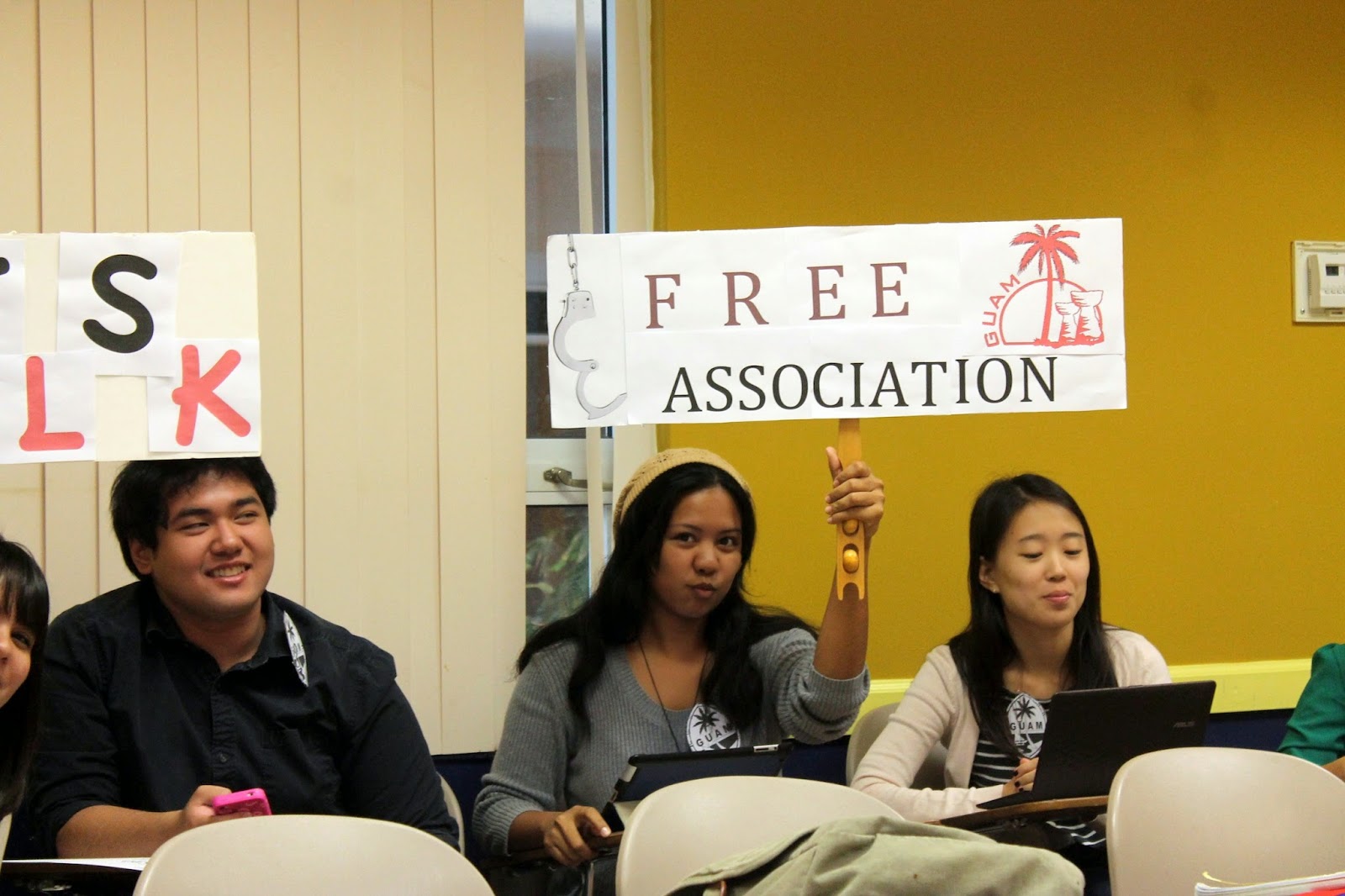An Epidemic of Sexual Violence

For the recent exhibit I worked on, Sindalu: Chamorro Journey Stories in the US Military, I wanted to make certain that the story we told included the experiences of Chamorro women in the US military. This turned out to be more difficult than I initially imagined. Chamorro women have served in the US military since the Korean War, but it is only recently that people really recognize that they are a central part of the military. This isn't just on Guam, but throughout the United States, women have served for a long time, but are always thought of as being supplementary, extra bodies, hence there is often ridiculous irritation when they demand certain rights or demand to be treated fairly. For most people the military is a man's domain, and so women are generally seen as weakening the grand military phallus of the nation, with their complaints about harassment, rape and lack of equality. Women who have served in the US military ...







